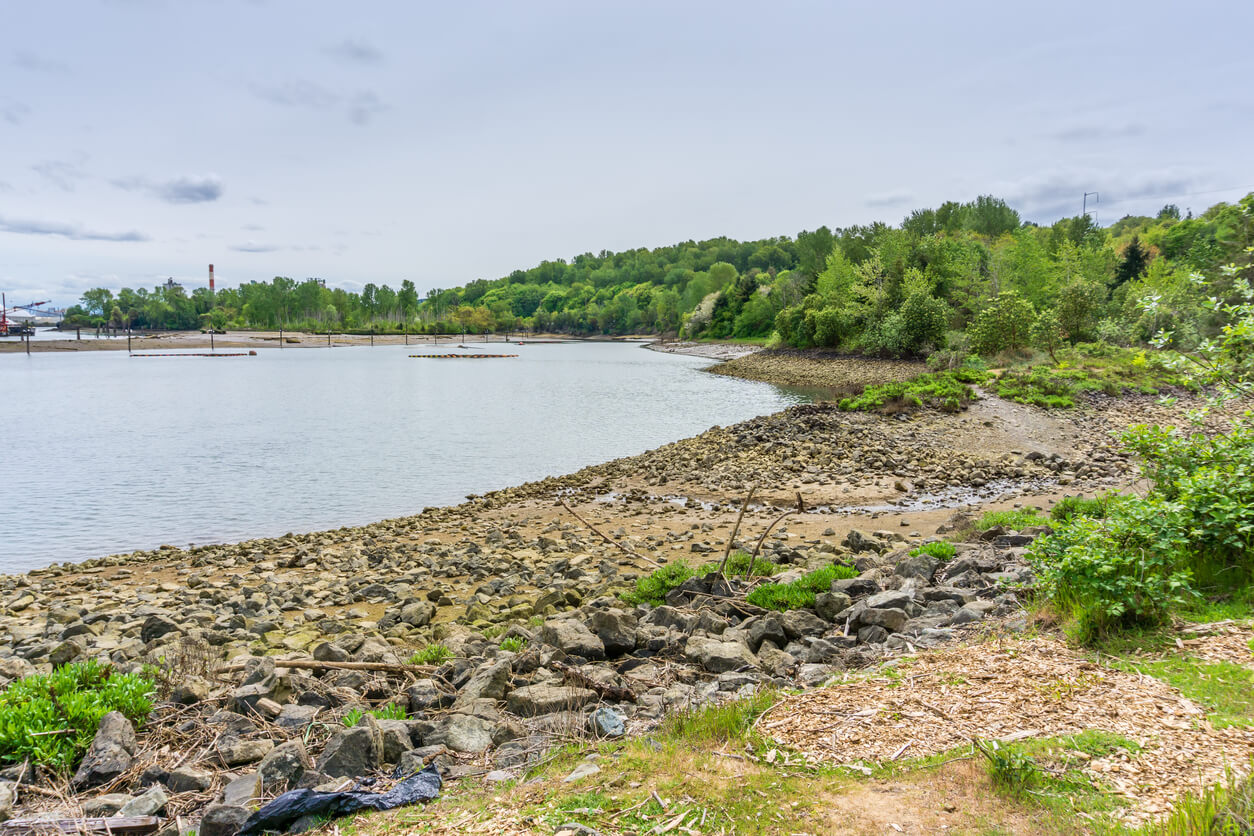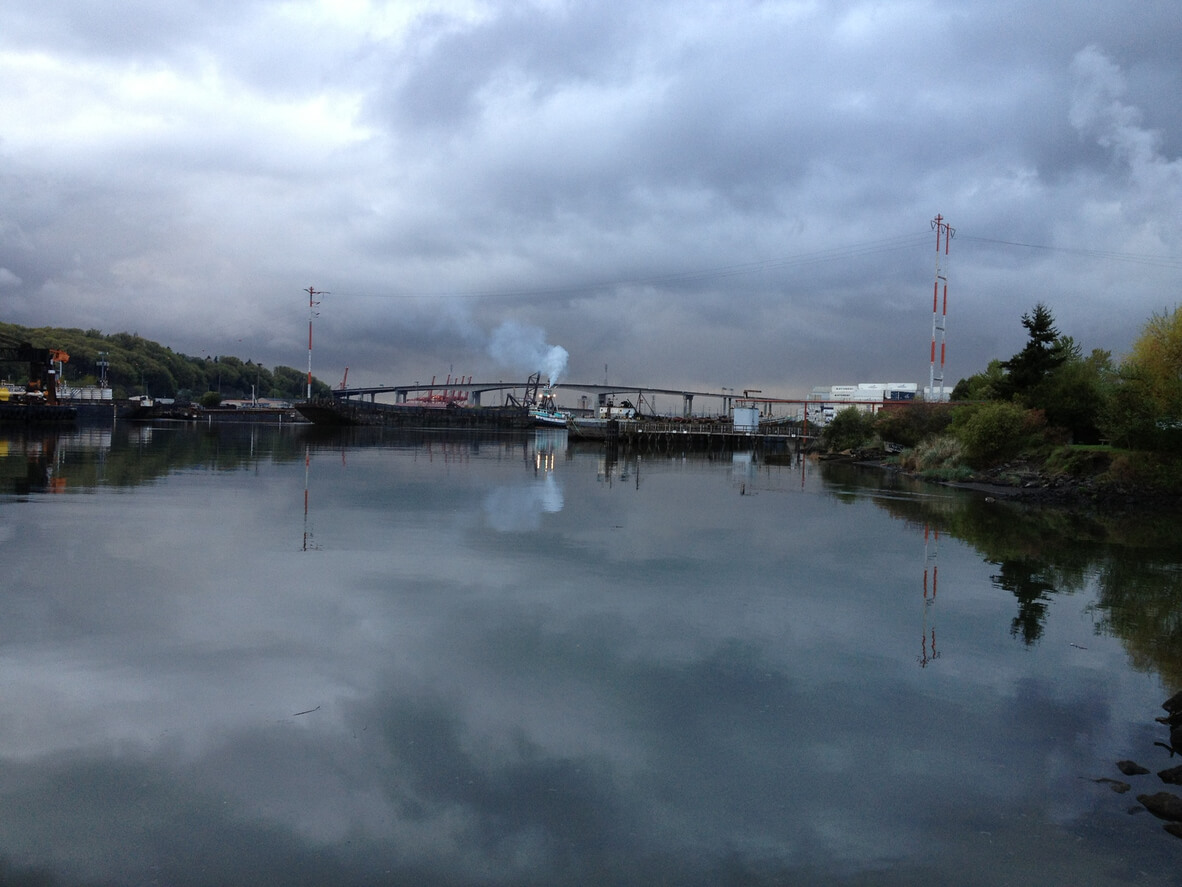Lockheed Shipbuilding and Construction Company
Lockheed Shipbuilding and Construction Company bought a 60-year-old shipyard in 1959 after there were already signs of asbestos contamination and long-term health issues by shipyards workers.

Written by Aaron Munz • Edited By Walter Pacheco
Asbestos.com is the nation’s most trusted mesothelioma resource
The Mesothelioma Center at Asbestos.com has provided patients and their loved ones the most updated and reliable information on mesothelioma and asbestos exposure since 2006.
Our team of Patient Advocates includes a medical doctor, a registered nurse, health services administrators, veterans, VA-accredited Claims Agents, an oncology patient navigator and hospice care expert. Their combined expertise means we help any mesothelioma patient or loved one through every step of their cancer journey.
More than 30 contributors, including mesothelioma doctors, survivors, health care professionals and other experts, have peer-reviewed our website and written unique research-driven articles to ensure you get the highest-quality medical and health information.
About The Mesothelioma Center at Asbestos.com
- Assisting mesothelioma patients and their loved ones since 2006.
- Helps more than 50% of mesothelioma patients diagnosed annually in the U.S.
- A+ rating from the Better Business Bureau.
- 5-star reviewed mesothelioma and support organization.
Testimonials
My family has only the highest compliment for the assistance and support that we received from The Mesothelioma Center. This is a staff of compassionate and knowledgeable individuals who respect what your family is experiencing and who go the extra mile to make an unfortunate diagnosis less stressful. Information and assistance were provided by The Mesothelioma Center at no cost to our family.LashawnMesothelioma patient’s daughter
How to Cite Asbestos.com’s Article
APA
Munz, A. (2023, September 1). Lockheed Shipbuilding and Construction Company. Asbestos.com. Retrieved April 20, 2024, from https://www.asbestos.com/shipyards/lockheed/
MLA
Munz, Aaron. "Lockheed Shipbuilding and Construction Company." Asbestos.com, 1 Sep 2023, https://www.asbestos.com/shipyards/lockheed/.
Chicago
Munz, Aaron. "Lockheed Shipbuilding and Construction Company." Asbestos.com. Last modified September 1, 2023. https://www.asbestos.com/shipyards/lockheed/.

Back in 1945, people working at Puget Sound Bridge and Dredging became aware of a report from the Shipyard Safety Conference. The report detailed the health risks of asbestos to shipyard workers.
Asbestos use continued in maritime work near the Duwamish area of Washington State. Unfortunately, executives at Lockheed did not tell workers about the dangers of asbestos. Court records showed that no one from Lockheed warned employees about exposure to asbestos.
In the 1960s, Lockheed got contracts from the government to build Knox class frigates and seven platform dock ships. During this time, it busy making Coast Guard icebreakers and submarine tenders. Unfortunately, these kinds of jobs exposed workers to asbestos.
According to a 2017 study, shipyard workers exposed to a moderate amount of asbestos were four times more likely to die of mesothelioma. Those exposed to high levels were more than seven times more likely to get mesothelioma.
Asbestos-Related Lawsuits
In 1990, the Lockheed company won a case against the Department of Labor’s Benefits Review Board. The Board had said that Lockheed was responsible for a worker’s death due to asbestos exposure. However, Lockheed argued that Todd Shipyards should have taken out all of the asbestos in the air and gaskets before the worker was exposed.
Lehman Brothers noted that Lockheed claimed there were no pending asbestos suits anticipated at that time. Because mesothelioma may take decades to develop, there’s no guarantee another major suit won’t occur with a new diagnosis.
In 2009, a Texas man (a Union Carbide employee) sued Lockheed and 64 other co-defendants in a suit for asbestos exposure. Lawsuits against many of Lockheed’s subcontractors are pending.

Father and Son Sue Lockheed
The Arnolds, a father and son from Washington State, experienced the reality of working at Lockheed Shipyard 2. For generations, many people in the area were proud to be part of the shipbuilding industry. However, until 1980 Lockheed had not created any written policies on how to handle the risks of asbestos exposure.
Daniel Arnold used to work at Shipyard 2, and he said that no one knew about the risks of asbestos. In the 1960s and 1970s, “workers actually playing with asbestos, making it into ‘snowballs.'”

Both Rueben and Daniel eventually contracted asbestosis. As with many generational sufferers of asbestos exposure, they didn’t learn of their own risks of asbestos exposure until more than a decade after exposure had occurred.
Daniel, an insulator, wore a respirator and changed his clothes after having contact with asbestos. But medical evidence showed that the virulent dust had been carried home year after year on the clothes of Reuben, Daniel’s father, contaminating their home. Daniel was eventually diagnosed with mesothelioma, and so was his father.
Reuben Arnold died of mesothelioma in March 2008. Lockheed, at first, succeeded in a summary judgment in a lawsuit brought by Reuben’s widow, along with Daniel. A Washington state court of appeals then reversed the summary judgment.
The trial court, however, again granted summary judgment, and the Arnolds appealed again. Meanwhile, Daniel succumbed to his asbestos-related conditions in late Fall 2010. The appeals court, in early 2011, approved the summary judgment in Lockheed’s favor.
Lockheed Shipbuilding Sold, Becomes Superfund Site
The Shipyard 2 land sat idle until being purchased by the Port Authority of Seattle in 1992. Left behind were concerns over discarded asbestos and a host of potential chemical contaminants (polychlorinated biphenyls (PCBs), polycyclic aromatic hydrocarbons (PAHs), organic compounds, mercury and other heavy metals). Sediments in the Duwamish and associated landfills were suspected to be at unsafe levels.
Lockheed completed a merger with Martin-Marietta in 1994, and the reformed business (Lockheed-Martin) now constitutes the leading single corporate recipient of federal defense dollars. The company promises to continue studying ways to help in cleaning up its former shipyard.
In March 2007, the EPA added Shipyard 2 to the Superfund National Priorities List, naming the site “Lockheed West Seattle”. A remedial investigation and feasibility study was conducted, and then a work plan for cleaning the site was presented in 2010. Cleanup and remedial construction began in 2011 and should be completed sometime around the year 2012.







